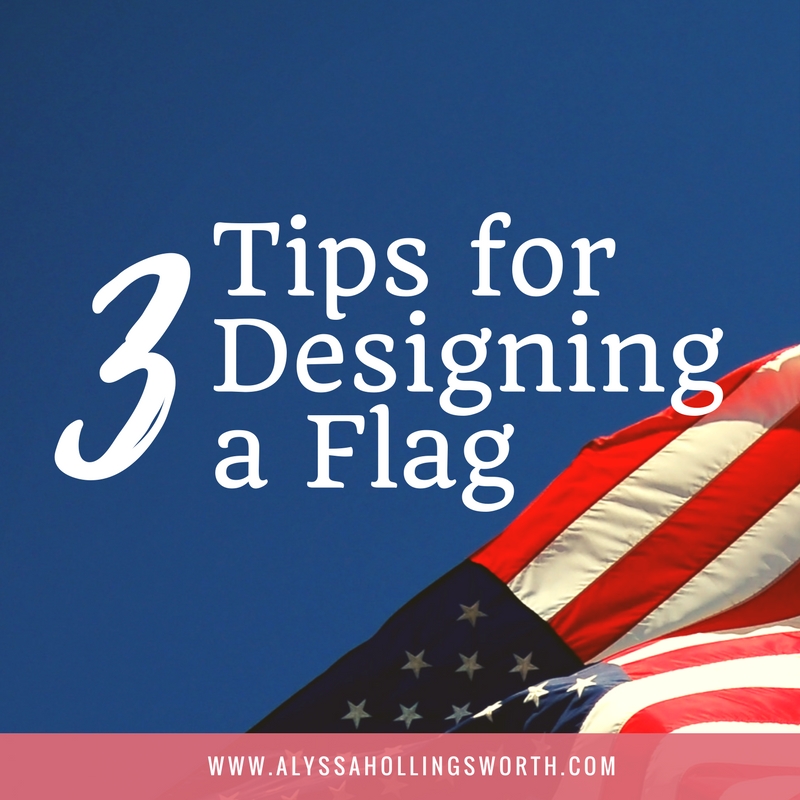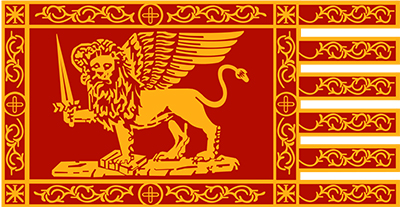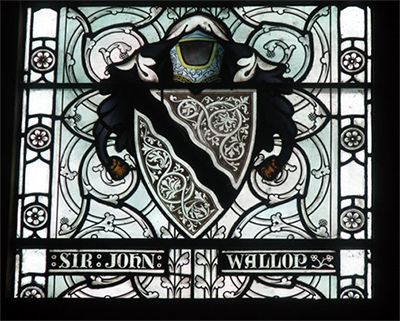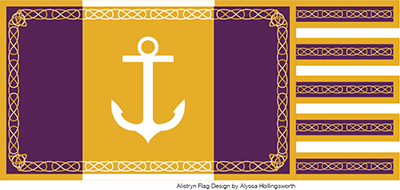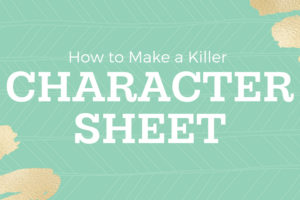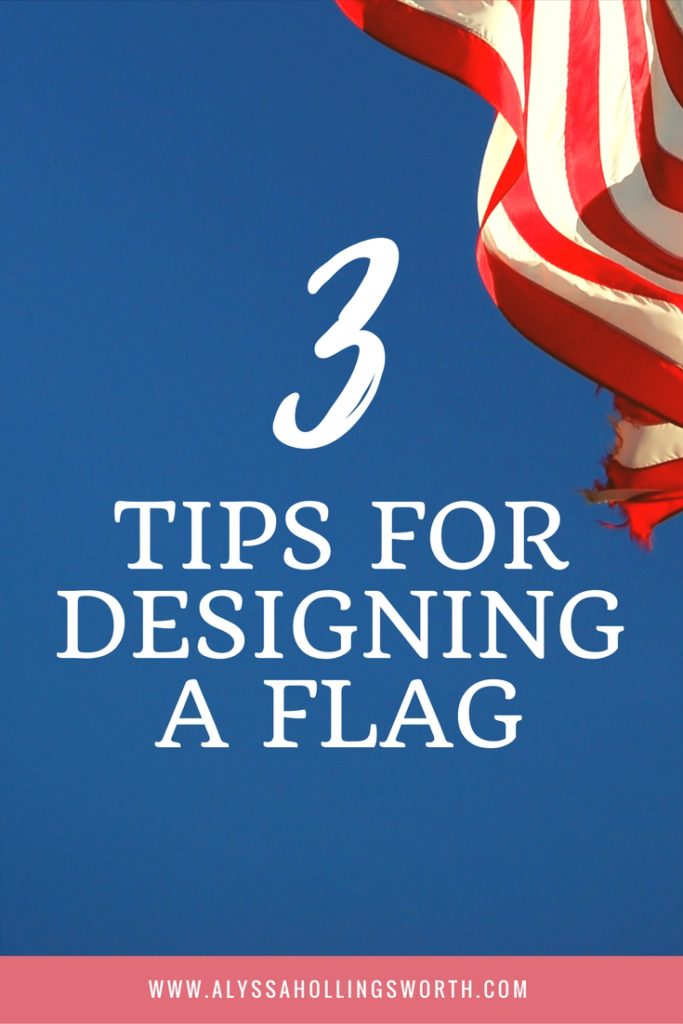 When you dive into worldbuilding, it’s easy to get caught up in the whirl of landscape and custom and fashion. But don’t forget to build details like your, country’s flag’s colors or design!
When you dive into worldbuilding, it’s easy to get caught up in the whirl of landscape and custom and fashion. But don’t forget to build details like your, country’s flag’s colors or design!
Designing a flag can help you discover something new about your country’s history and myths. Just have a look at some of our real-life flags and all the history, stereotypes, and attitudes associated with them. (The Union Jack and the imperialism ingrained in its very design. The American flag, the very image of which seems to conjure eagles and liberty (or rednecks). Canada’s red leaf and maple syrup. You get the picture.)
Even if your novel doesn’t delve into the Deep Meanings behind your design, you should know it. A flag helps form national identity, and some of that identity will impact your character(s).
Ergo: Flags are important.
But more importantly, flags are fun.
1. Look at other (real) flags for inspiration.
When I decided to make my flag, I went on the prowl to find my favorite flag designs from around the world. I already knew that I wanted to steal the Venetian flag layout (above), but I wanted to take a look at other options. I compiled a secret Pinterest board of flag designs, then printed thumbnails to arrange in my journal and pick my favorites.
Duly inspired, I went on to…
2. Research heraldry and color meanings.
Everything has a meaning, and it’s worth putting some thought into how your country represents itself. This is a cool way to stretch world-building muscles, even if readers only get a glimpse of the deeper meanings in the story.
BONUS: It might be worth looking up the meanings of design elements and embellishments (e.g. Flowers, knots, etc.). For instance, my fantasy country, Alistryn, is an island and therefore very nautical. I used the Double Carrick Bend as a design element to harken back to this important part of national identity.
Family Trees and Crests is a good quick and dirty guide, but there are loads of resources out there (including your local library!).
3. Put your flag together.
For the design savvy perfectionists among you, I recommend Adobe Illustrator. But for those of us who don’t want to spend many hours in a [potentially very frustrating] program, there are other options, like:
Flag Generators: I like Scrontch’s Flag Designer, but there are several different varieties of this program on the internet.
Ye Olde Paper & Pencil: If flag generators aren’t giving you the flexibility you need but Illustrator is cramping your style, there’s always paper, pencil, and crayons. Draw a rectangle. Put stuff in the rectangle. Voila.
BAM, your country is now the proud owner of a flag!

